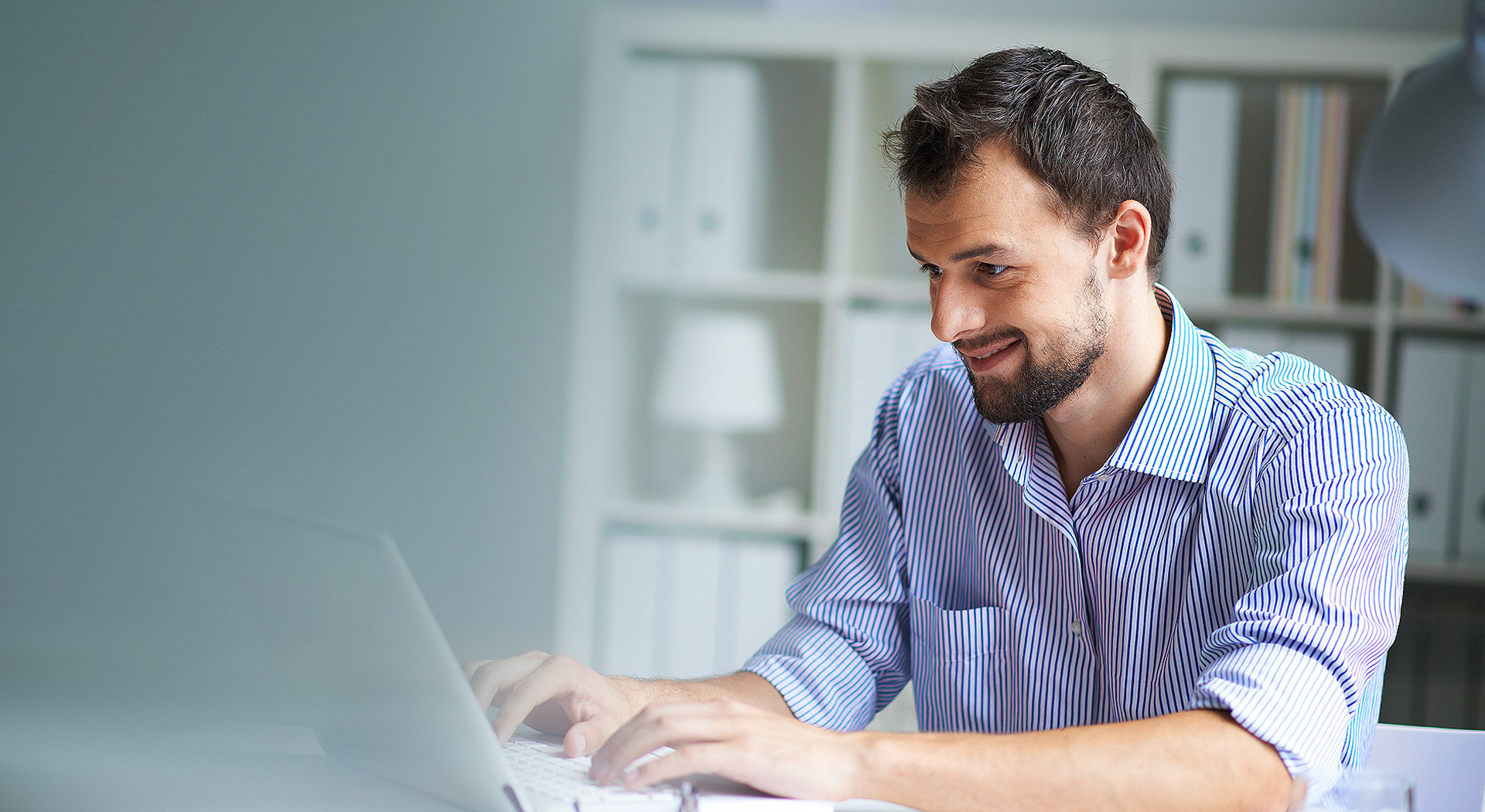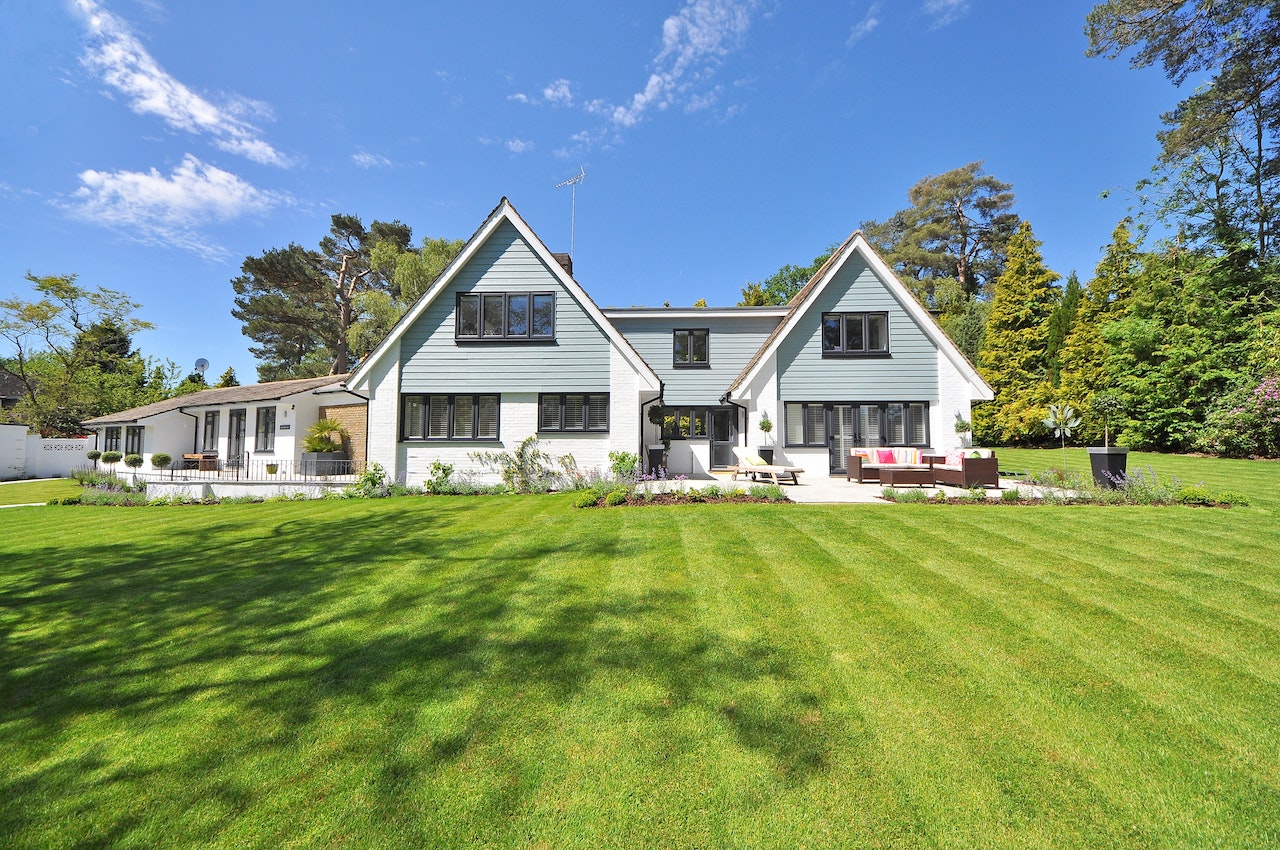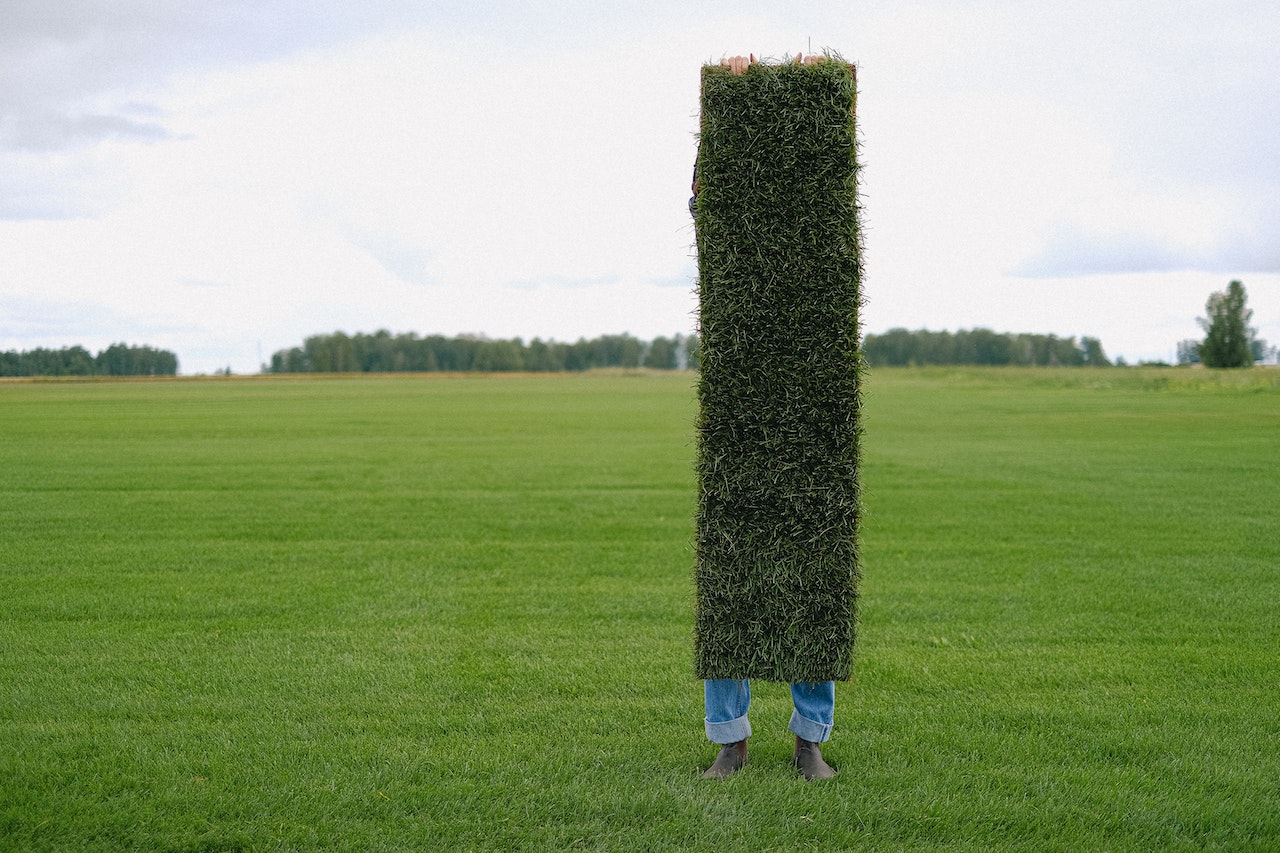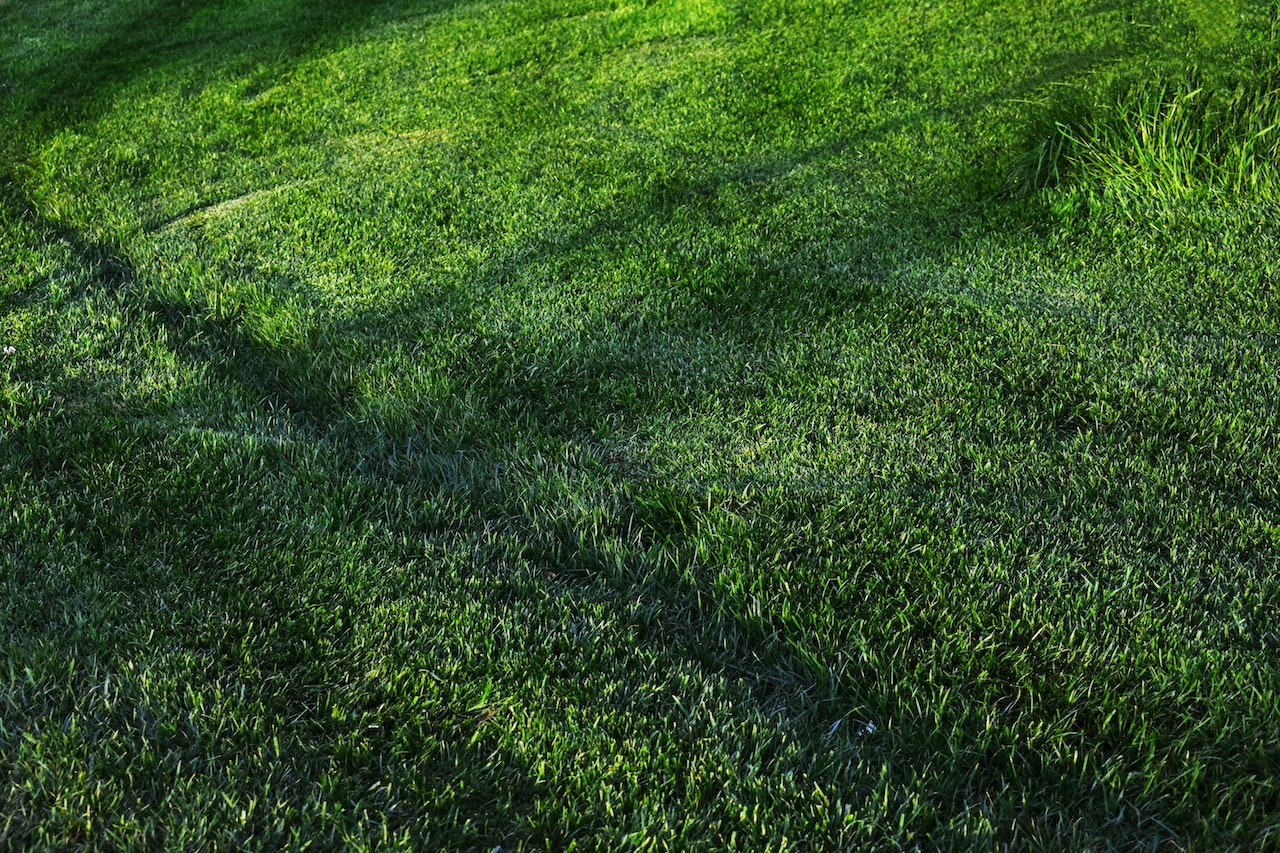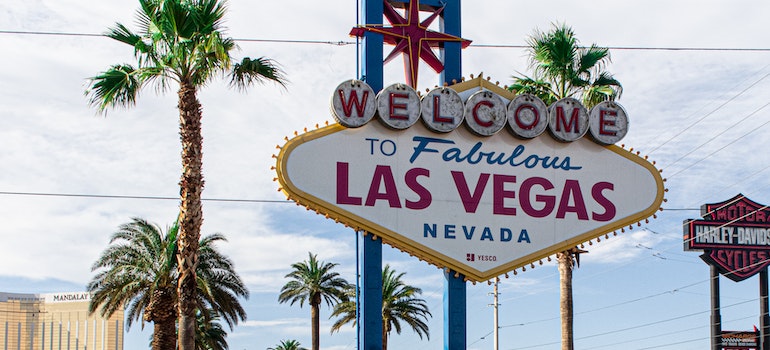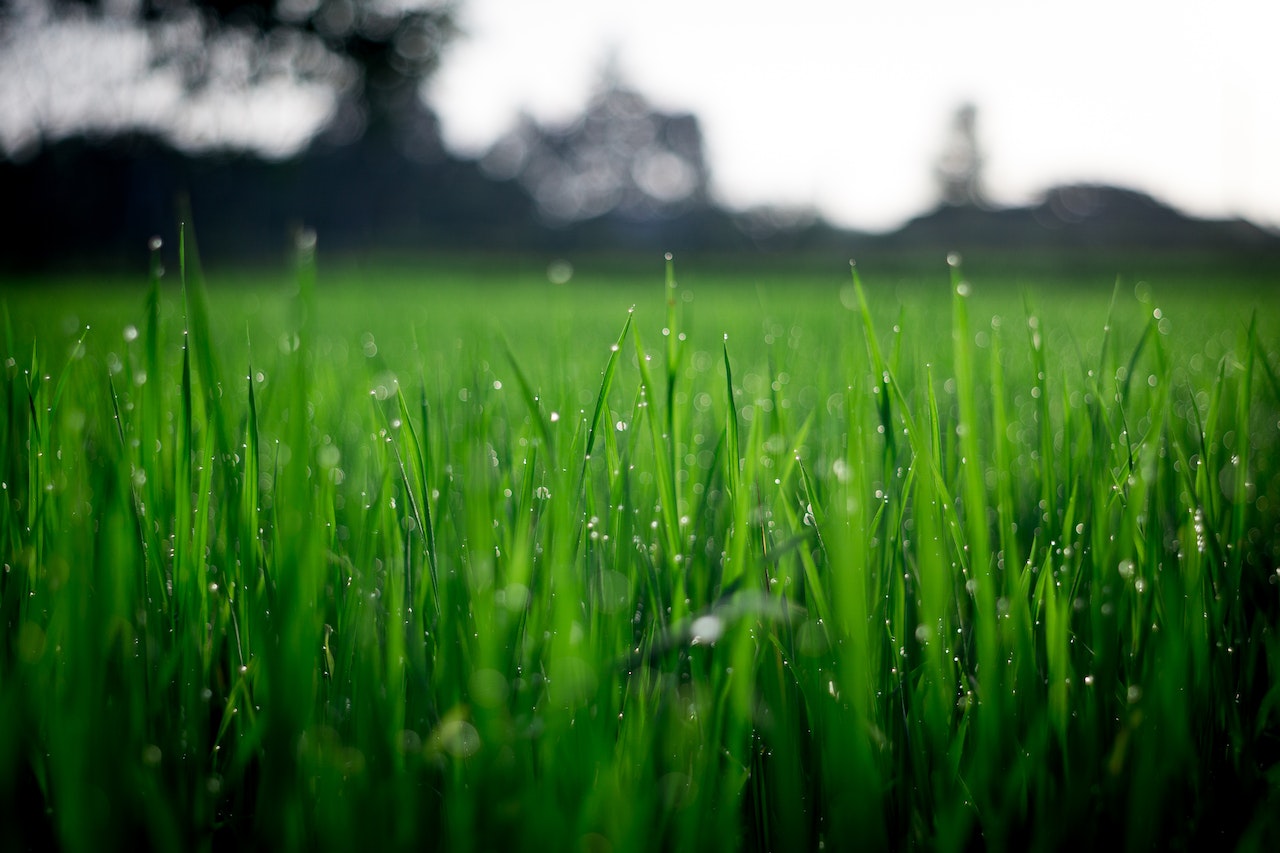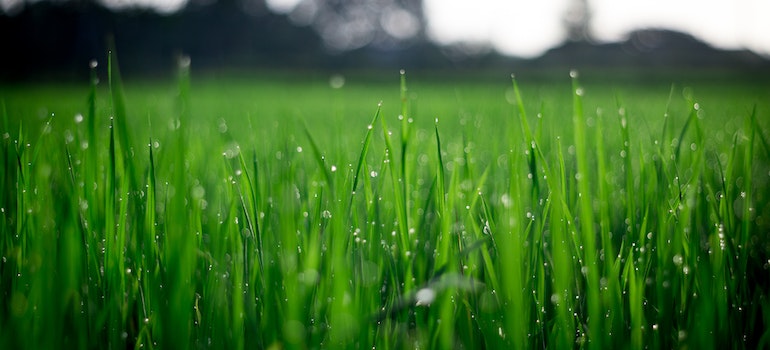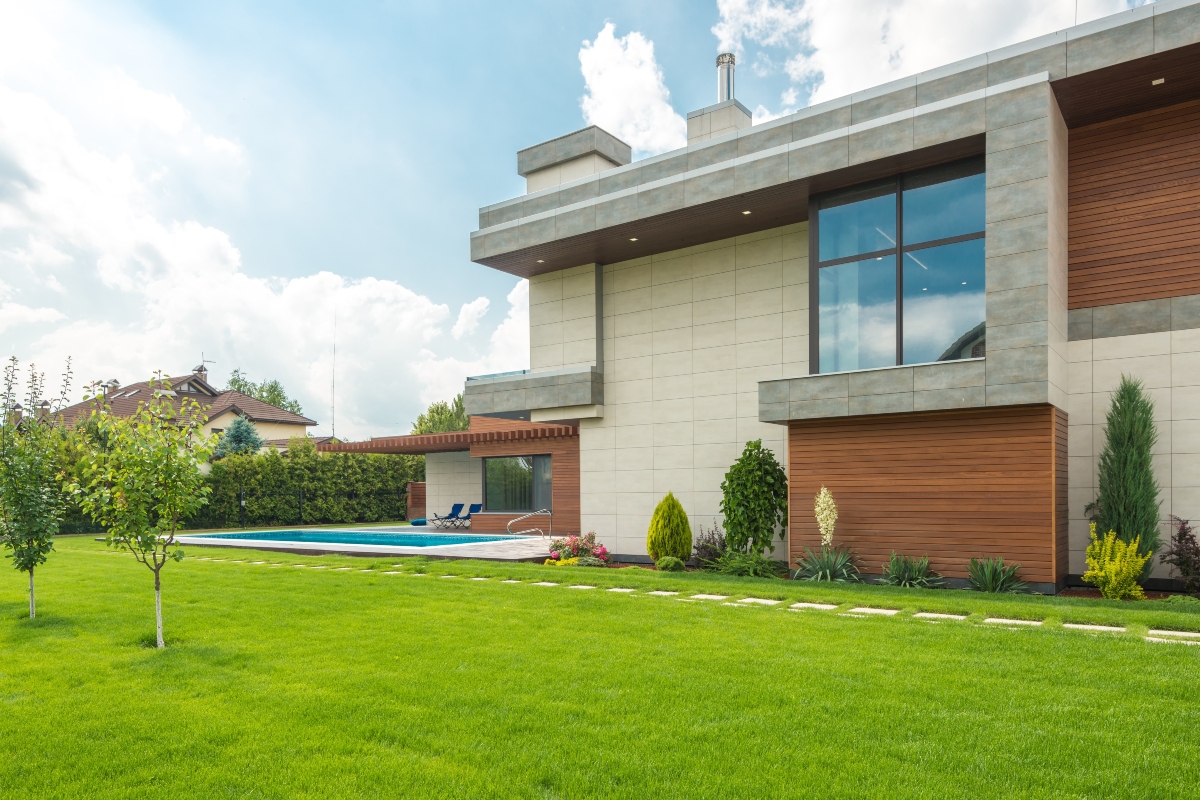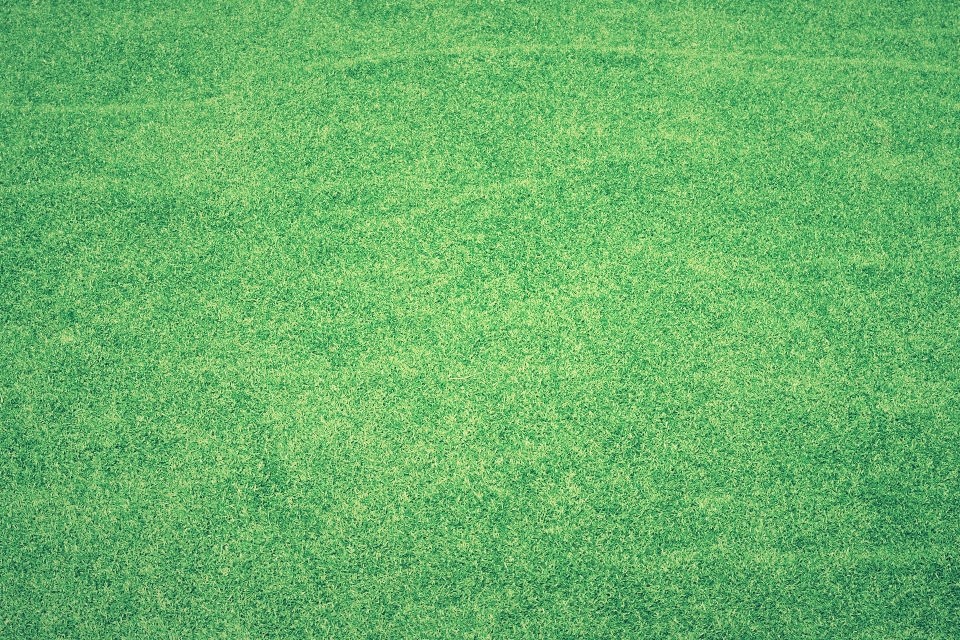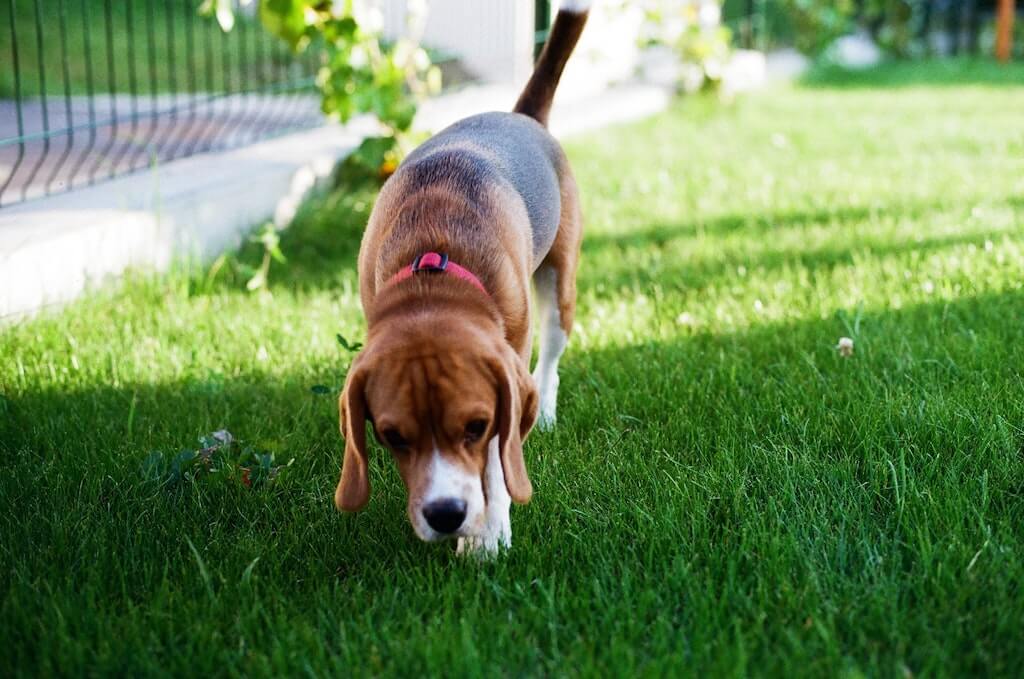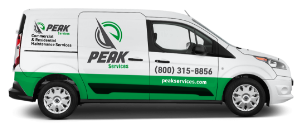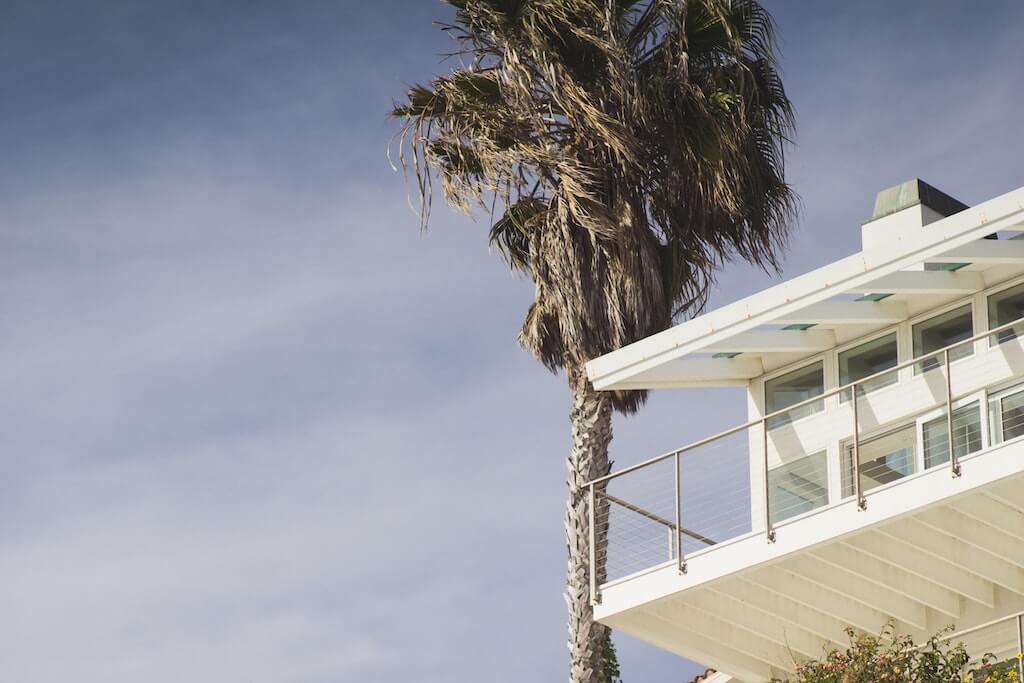
To turn your balcony into a more welcoming place, turf is often the way to go. It will instantly add a pop of color, a sense of nature, and some texture underfoot.
You have two main options for turf on your balcony: real grass or artificial turf.
Artificial Turf vs Real Grass on a Balcony
Everyone is familiar with real grass, but what’s artificial grass like? Artificial turf is made from materials like nylon, polypropylene, polyethylene, and polyamide.
You can expect artificial turf to last many years — some manufacturers even offer a 10-year guarantee and many types of turf last 15 years or more.
To decide which would be right for you, it’s important to consider the main differences between the two.
Real grass in a well-manicured lawn is undoubtedly attractive. However, if you’ve never had a lawn yourself, you may be unaware of just how much effort goes in to make grass look like this. Real grass requires a large amount of maintenance, including watering and trimming.
In contrast, artificial turf needs just a basic cleaning around every week or so. It can look just as stunning as real grass but for much less effort. High-quality artificial turf won’t even fade in the sun or wear out with use.
Plus, artificial turf is designed with users’ safety in mind. It’s non-flammable and antibacterial and it doesn’t absorb water from rain and snow. Real grass, however, can be prone to bug infestations and other problems. On a balcony, real grass can make it easy to drag dirt inside your house.
Due to all the above, artificial turf for a balcony wins for most people.
How to Install Artificial Turn on Your Balcony
Often, installing turf on a balcony is quite simple. This is the case if you have a small balcony with an even surface made from concrete, brick, or ceramic and your balcony has good drainage. In other cases, though, installing turf may be more challenging.
Difficulties with Installing Turf
Some balconies have wood decking, which can rot if you place turf on top. You need to make sure there are wide enough gaps between the planks to prevent this.
Furthermore, if your balcony has poor drainage, you’ll need to solve this issue before you can install the turf. Otherwise, water will accumulate, causing your turf to become damaged and smell unpleasant.
Finally, in the case of an uneven surface, you’ll need to install foam underlay beneath the turf. This will prevent pockets of air from forming, which can look unattractive.
Steps to Install Turf
When there are no complications, installing artificial turf takes just one day.
- Step 1: Measure the area to ensure you purchase the right amount of turf. If you have some left over, you can use it in other places, such as under-potted plants.
- Step 2: Sweep your balcony clean. Make sure there is no debris that will become trapped under the turf, as this could cause damage or lumps.
- Step 3: Layout the turf. There’s no need for the turf to span wall to wall. In fact, a strip down the middle can look attractive. If your balcony is particularly large, you may prefer to install turf on just some of it, since an expanse of green can be overwhelming. The benefit of installing turf on just part of your balcony is you can divide the space into two separate areas. For a medium-size balcony, you may prefer to install turf across the whole space but create a border around the edges, such as with decorative rocks.
- Step 4: Mark where you’ll cut the turf. Use a ruler and chalk to draw the lines and then trim carefully.
- Step 5: Join the turf at intersections. Use joining tape rather than glue.
- Step 6: Secure the turf. This will require glue (unless your balcony is made from timber, in which case you should use round nails). Just apply glue to the perimeter and leave gaps for drainage. Pay particular attention to where the turf meets the entrance, as loose turf could be a tripping hazard. Once you’ve applied the glue, press down on the edges to secure the turf.
How to Clean Artificial Turf on Your Balcony
To wash your turf, use an all-purpose cleaner mixed with water. First hose the turf and then apply the all-purpose cleaning mixture using a long-handled brush.
Finally, rinse your turf with the hose one more time and allow it to air dry before using a broom to return the blades of the artificial grass to an upright position.
How to Maintain Artificial Grass on Your Balcony
In addition to cleaning your turf with water, you’ll need to keep it from debris like leaves and twigs.
Use a medium, soft-bristle brush, brushing gently in the opposite direction to the fibers. Brushing too harshly could damage the fibers and lead to ugly patches.
What Is the Best Artificial Grass for a Balcony?
Artificial grass comes in a variety of textures, shades, and styles. Natural green tends to look the best, but other characteristics will depend on the look you want to create for your balcony.
For instance, if you want a luxurious feel to your grass, choose turf with a 30 mm pile. However, if you expect your balcony to experience heavy foot traffic, a shorter pile will be easier to keep looking great.
Alternatively, your priority may be realistic-looking turf, in which case you should search for artificial grass that strongly resembles real grass.
It can be difficult to install turf yourself, particularly if your balcony is uneven, made of wood, or has poor drainage or if you don’t usually undertake DIY projects.
Furthermore, maintaining the turf can take time and effort. For the best results, it’s worth receiving a professional service. Peak Services can install the turf of your choice and help you keep it in top condition. Contact us for a free quote.
